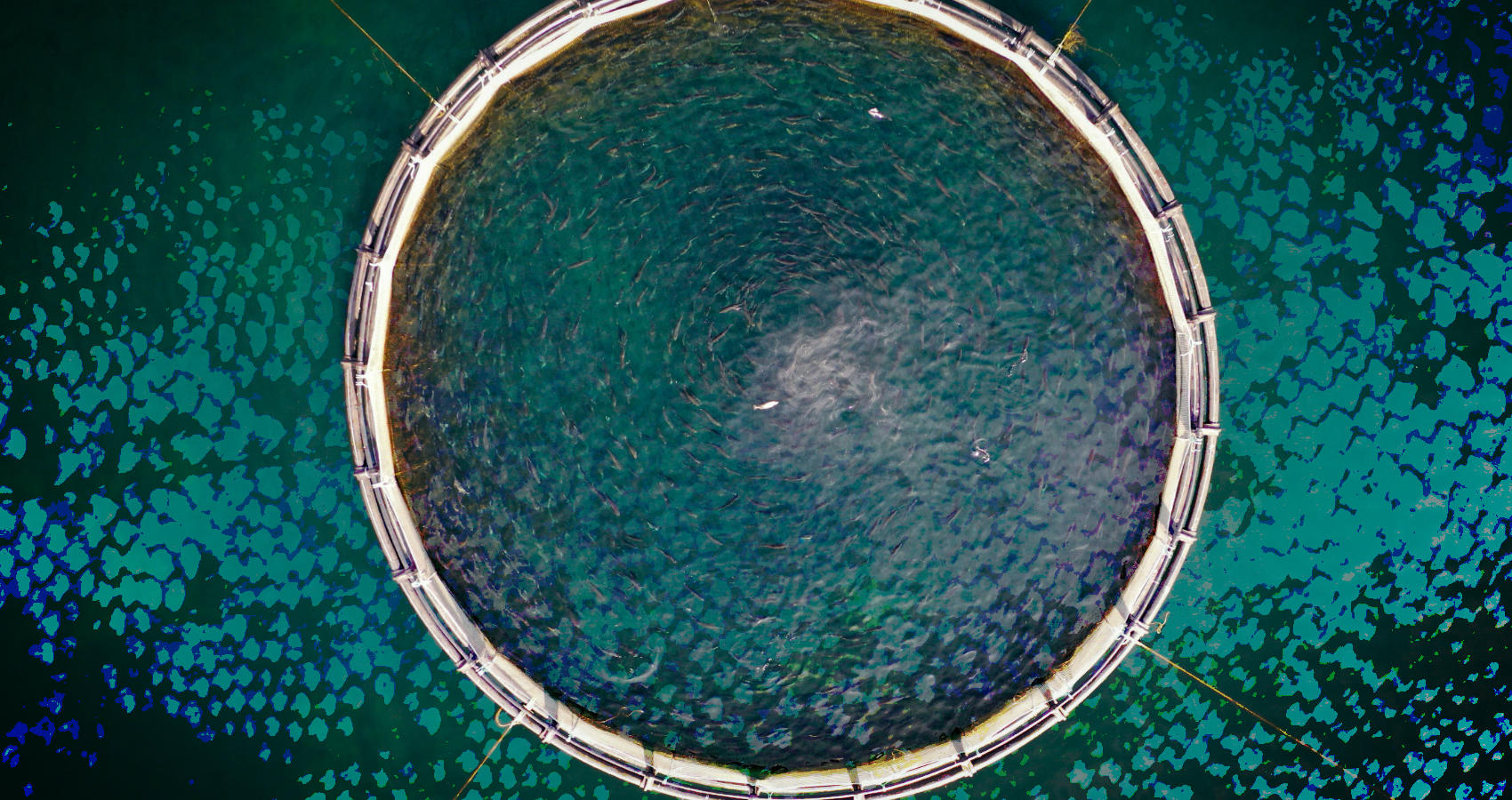
Strategies for Water Quality Management in Aquaculture: 2024 Guide
Optimal water quality for sustainable aquaculture.
Over the past fifty years, concerns over the sustainability of fish and other aquatic life have risen dramatically, as we have become too good at harvesting the ocean’s bounty. What once seemed like an inexhaustible supply of food has been shown to be quite fragile, with overfishing reducing many fish populations to alarming levels, and disrupting the balance that the ocean relies upon naturally in the process. These problems have led to the development of “aquaculture,” which aims to produce seafood responsibly and sustainably, whether in coastal regions in the ocean, or in ponds or human-made pools inland. In this article we will talk about the importance of water management, and the role of filtration in its many forms in maintaining profitable and sustainable fish populations.
Overview of Aquaculture and the Importance of Water Quality
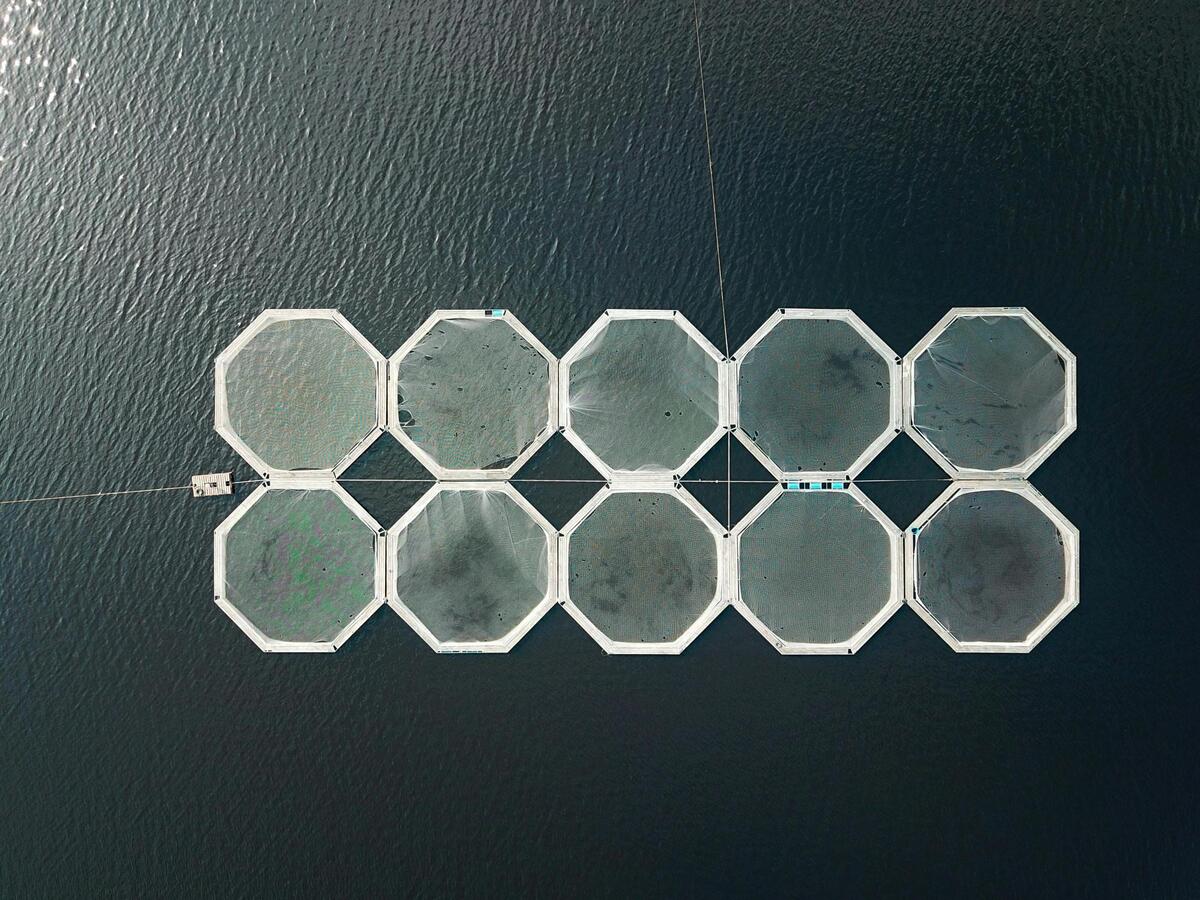
Aquaculture is big business: did you know that over half of the world’s seafood comes from aquaculture? It is a billion-dollar industry that particularly benefits the economies of coastal communities, where access to the ocean is abundant, and opportunities for thriving aquaculture ecosystems are more plentiful. The industry creates thousands of jobs, and helps keep seafood accessible in grocery stores and in restaurants. Without efforts like these, it is very likely that we would see far more extinct fish populations, and an eventual decline in our ability to access seafood, as overfishing with no thought for the future would invariably lead to disaster.
Key Water Quality Parameters in Aquaculture
Water quality parameters differ a bit from saltwater to freshwater species, but all fish need clean, relatively contaminant-free water in order to flourish and thrive. Inland centers have the additional challenge of replicating seawater conditions if they wish to harvest saltwater species, while coastal centers can benefit from the ocean’s proximity. Water for fish needs to be free of chlorine and chloramines, which are found in abundance in municipally-treated water, as they work very well to kill microbial threats that pose dangers to human beings. Heavy metals are also bad news for fish, with many home reefers opting to use advanced filtration methods such as deionization to remove all (or nearly all) mineral content, leaving water with no charge, before adding in salt and the other ingredients for replicating seawater conditions.
Water needs to be free of sediment and dangerous microplastics, as well as purged of any new or emerging synthetics such as PFAS. Specific species will require more fine-tuned adjustments in order to get the best results. In addition to removing harmful contaminants, aquaculture centers will also employ biological filters in many cases, to encourage the growth of healthy algae, bacteria, and other life forms that fish benefit from. Water alkalinity and hardness is another key factor to consider, with various species requiring a specific pH level to thrive. Managing the ammonia created by fish waste is another key consideration, with a variety of options and techniques utilized to manage chemical levels by either converting ammonia into more easily filtered nitrates, or through regular water cycling. In addition to all of this, water needs to be adequately oxygenated, so that fish and marine life can breathe, and algae and other plant life can grow.
Common Challenges in Water Quality Management
Whatever the application and intended use case, water presents a challenge. Water is called the “universal solvent” for a reason: because it eats away at everything it touches, taking trace amounts of just about everything along with it, wherever it goes. Depending on the region, there could be just about anything in your water, from lead to arsenic to microbial threats to PFAS to volatile organic compounds, pharmaceuticals, pesticides, gasoline additives, and the list goes on for a depressingly long time. If you are trying to set up an ecosphere for fish to live, flourish, and proliferate, then you need to remove all of the offending material, and keep the environment clean as new water comes in, and old water is filtered out.
Best Practices for Maintaining Water Quality
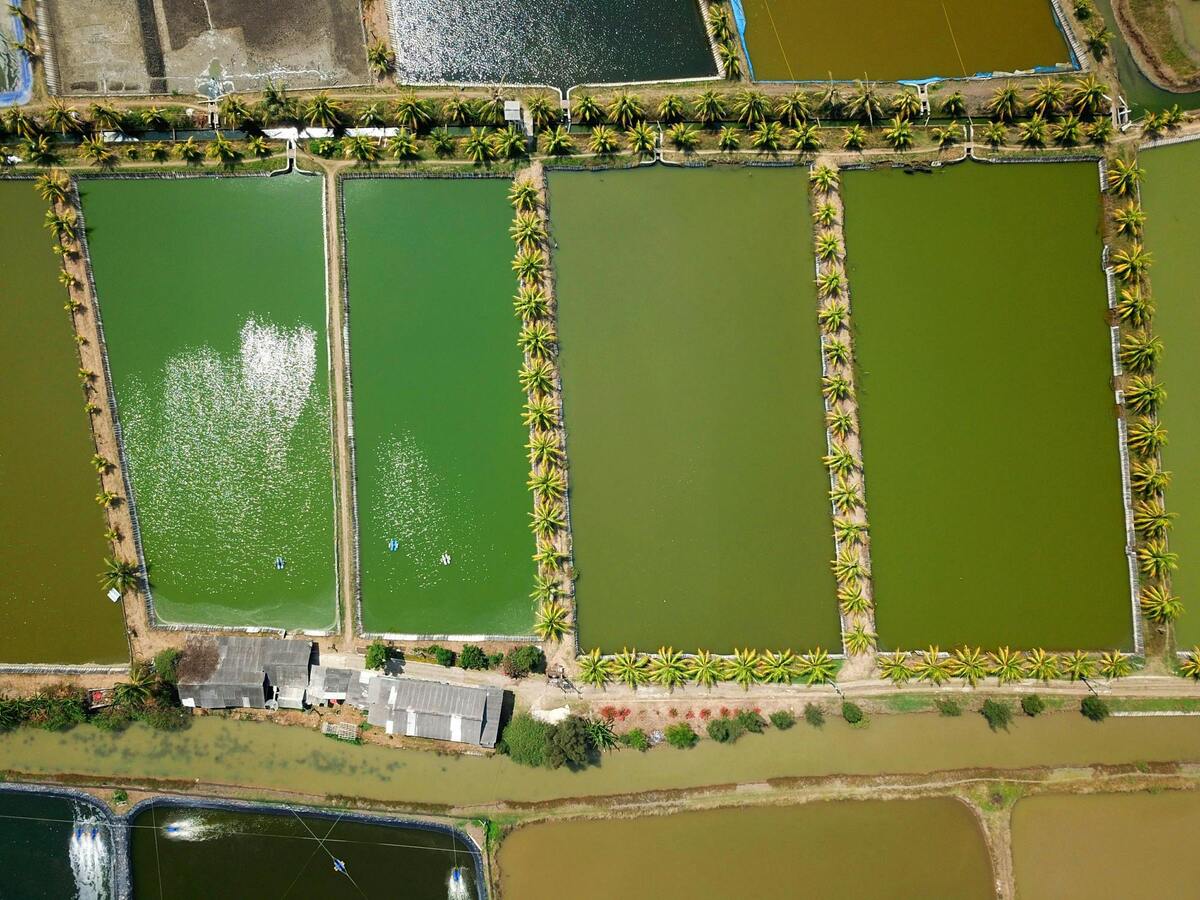
With water quality, getting information in a timely fashion is the name of the game. Regularly testing and monitoring water is crucial, as is adjusting parameters in response to the results you get from these tests. Maintaining water quality is a balancing act, especially when there are a lot of factors involved, as in a thriving ecosphere with many living creatures. Water quality is never a problem that is “solved;” rather, it is an ongoing process that we manage, whether in human drinking water systems, or aquaculture environments.
Regular Monitoring and Testing
Water testing should be going on continually, with regular readings taken of pH, any detected contaminants from influx water, or any elevated contaminant levels in the water as fish produce waste, or as it rains, or as conditions otherwise change. Home aquarium owners have to test their water constantly if they want to see the best results with their corals and tropical species, and aquaculture centers are no different–just on a much more massive scale. In some ways this can make things easier, but in others, it introduces more factors and complications.
Filtration Systems
Aquaculture centers rely on a variety of different filtration methods, not just one. Sediment filtration is used to remove larger particulate matter from water, and activated or catalytic carbon is always one of the best choices for chlorine and chloramine reduction, as well as covering a wide range of other chemical contaminants. For the most aggressive filtration available, most aquaculture centers rely on industrial RO membranes, which are capable of removing up to 99% of total dissolved solids in water, making them an obvious choice for getting the purest water possible. When RO water is then subjected to a deionization filter, the results can be truly astonishing, getting water down to a true 0 TDS (total dissolved solids) level, and forming an ideal basis of pure water for subsequent biological filtration and the cultivation of a great atmosphere for fish.
Aeration and Circulation
Movement is life, and water needs to be circulated, and have regular injections of oxygen and other nutrients to encourage plant growth and give fish the air they need to breathe. Still water is stagnant water, while water that moves stays cleaner, especially when it is moving through a filtration system along its course.
Biosecurity Measures
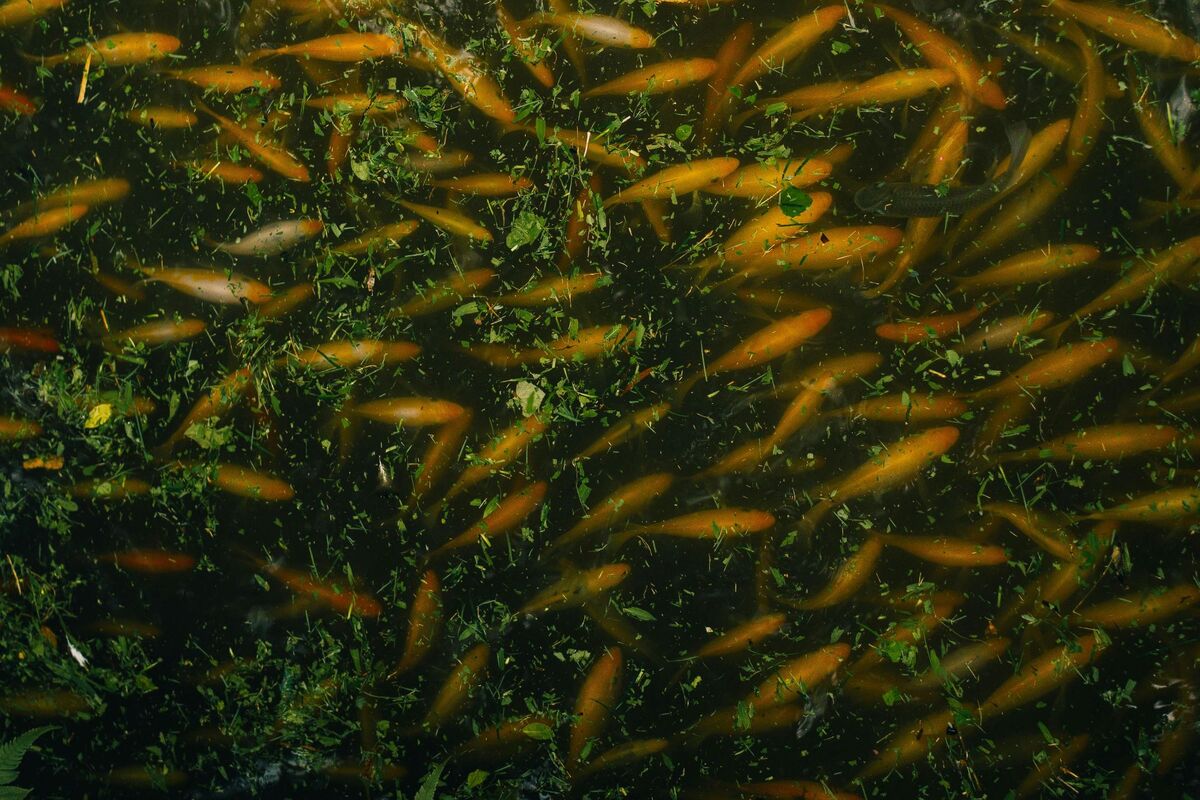
When changing water, or introducing new species into an aquasphere, make sure to follow whatever best practices are recommended for maximal biosecurity. The notion of biosecurity refers to protecting humans and animals, as well as plants and whole ecosystems, from biological shock or harm. Suddenly introducing a new species into an area, for instance, can have unexpected and unintended consequences, as can treating water too aggressively too quickly. Make sure that you are following the best practices as laid out in your industry and according to the latest information.
Innovative Technologies for Water Quality Management
New technological developments and innovations are an exciting thing, especially when they promise a way to do things that is more sustainable in the long-term. So many of the problems that made aquaculture necessary in the first place come down to short-term thinking, so the industry is always looking for ways to think, and act, long-term.
Recirculating Aquaculture Systems (RAS)
When water access is limited, recirculating aquaculture systems (RAS) are often used, in order to derive maximal benefit from the water that is available. These systems use various biofiltration media to convert the ammonia in fish waste into nitrate, which can be more easily removed from water with filters than can ammonia.
Automated Water Quality Monitoring Systems
Modern “smart” technologies have rendered the need to dip a flask in by hand and send it off for testing somewhat obsolete. Many modern systems monitor water constantly, and send live data to the user, informing them of what is happening in their water at all times. You can get real-time data on what is happening in your water to your computer or smartphone with one of these systems.
Integrated Multi-Trophic Aquaculture (IMTA)
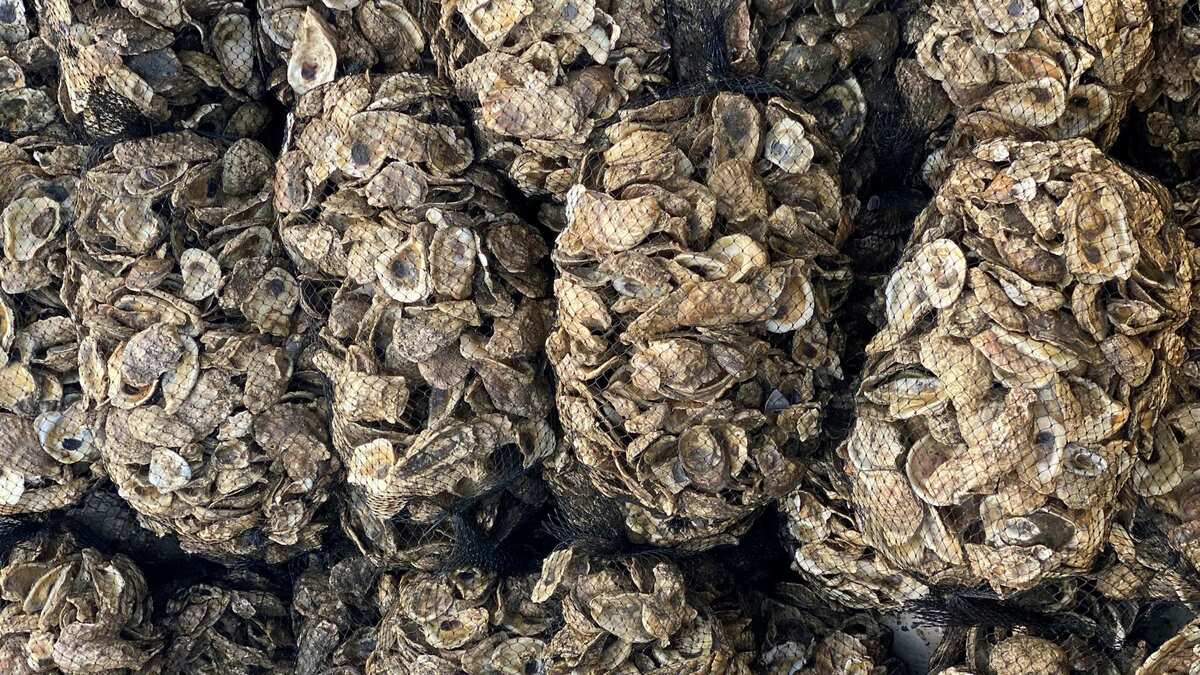
While many aquaculture centers devote themselves to raising a single species, integrated multi-trophic aquaculture centers raise many different species in the same environment. This does not work with any and all species interchangeably, obviously, and there are unique challenges associated with setting up and running an effective IMTA, but there are also obvious benefits: a more diverse range of products, and the possibility for symbiotic relationships among species in your system, leading to more sustainable and healthy ecosystems, when done correctly.
Conclusion
Aquaculture is here to stay, and it will likely only grow and increase in popularity as time goes on. Keeping ahead of water conditions in your area, investing in the latest technologies, creating and maintaining a robust filtration system, continually monitoring your water, and taking action when it is called for–these are the best steps you can take to stay ahead of problematic water, and ensure a flourishing biosphere for your fish.











